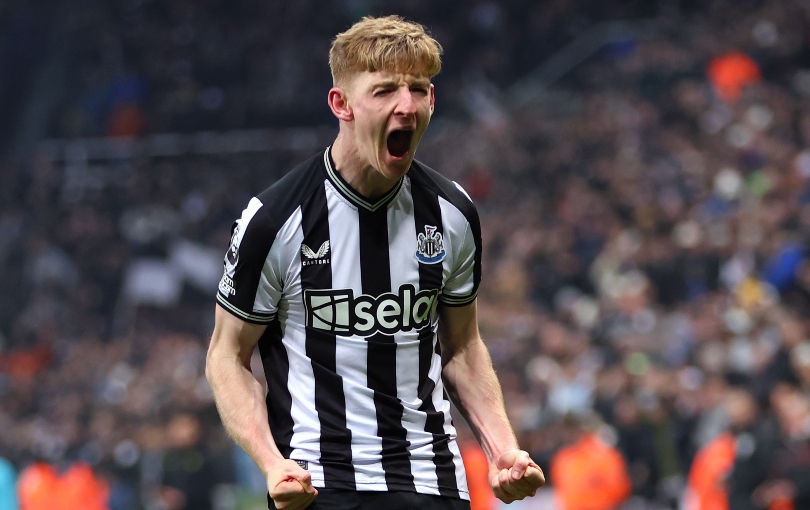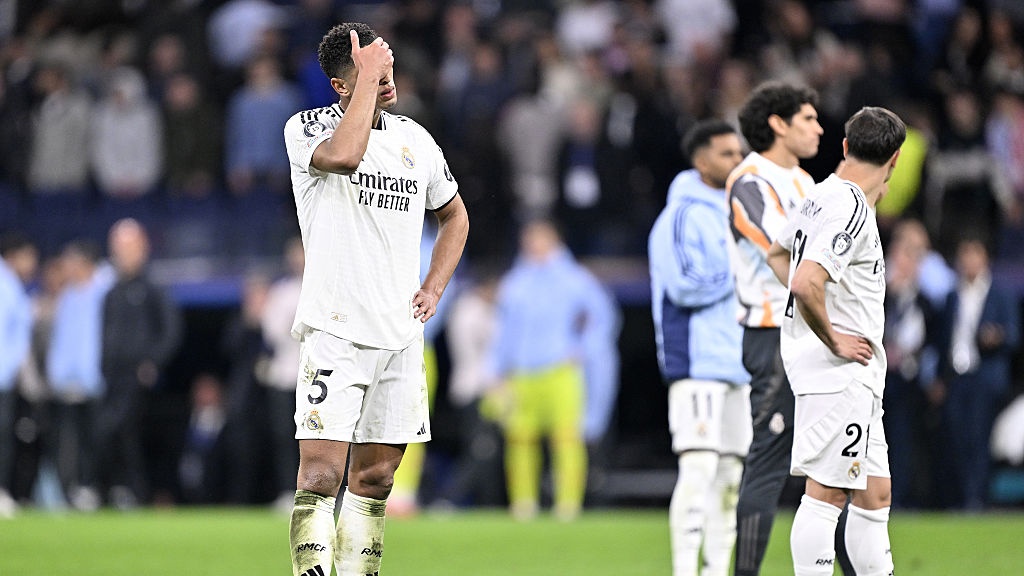Pinning: football tactics explained
What exactly is pinning? Here's our tactical explainer

When you play football at a certain level for long enough, certain situations almost leave you in a state of auto-pilot.
Immediately one of these scenarios that spring to mind is when the ball goes out for a throw-in, in your sides’ defensive half, close to corner flag.
One of the oppositions players, normally some loudmouth in central midfield, will never fail to shout the following words.
‘Let’s box them in lads.’ Every. Single. Time.
But is this actually just something players say because it sounds like the right thing to say (entirely plausible) or a tactical ploy. Let’s take a look at the related tactical concept of pinning to find out.
MORE TACTICS (VIDEO): Why Man United's Biggest Problem Is... Erik Ten Hag
What is pinning?
Pinning is about restricting the movement of the opposition players through intelligent positional play and space occupation.
Get FourFourTwo Newsletter
The best features, fun and footballing quizzes, straight to your inbox every week.
To ‘pin’ a team back in their own half means they won’t be able to progress up the pitch with the ball. This is because the player, or players, in question would risk leaving an opponent in a dangerous position if they altered their own position.
Pinning usually refers to defenders in particular – if they are pinned in their regular position, they will be unable to get forward and support attacks. One or more defenders will be held in their regular spot, unable to help relieve pressure from the opposition. You’ll often see this when managers or coaches instruct the quickest winger at their disposal to go up against the oppositions slowest full-back.
In turn the full-back will normally drop deeper, to ensure they aren’t risking losing a direct footrace. This is a direct attempt from the winger’s team to pin the opposition back and ensure their defensive backline is unable to push up and squeeze the pitch.
If you see a wide player who normally likes to hug the touchline suddenly sitting infield in more of an inside forward position, this is likely due to the result of pinning.
MORE TACTICS (VIDEO) : How Arsenal's Martin Odegaard Just DESTROYED Chelsea
In addition, the reason why taking a throw-in near the corner close to your own goal can often lead to being ‘pinned in’ is that it offers a chance to throw multiple attacking players close to the opponents goal – with little drawback.
What are the pros and cons of pinning?
There is no doubt pinning can be an extremely effective tactic, particularly against an unbalanced defence. But it can also have some drawbacks.
In the modern game, defenders are still focused on defending (obviously) but are often excellent ball-players who can hurt the opposition when given time and space to pick passes.
Trying to pin players who are comfortable moving forward and keeping possession, is increasingly difficult. Often at the top level, defenders will call the bluff of their opponent when they feel the opposition player trying to pin them.
That leaves the forward with a difficult choice - 'do I hold my position or track back to try and disrupt them playing?'
A prime example came of this at the top level came when Newcastle United hosted Manchester City in the Premier League midway through the 2023-24 season. In the first half Newcastle went for a man-to-man marking system to match City.
MORE TACTICS: Why Man City DOMINATED Real Madrid (But Couldn't Win)
This tasked speedy winger Anthony Gordon with maintaining a high position on the left in an attempt to pin City’s attacking right-back Kyle Walker. Gordon was able to consistently get Walker racing back towards his own goal, and managed to score directly from a run down from the left channel.
Pep Guardiola was forced to change his system in the second half to respond, pushing Walker further up the pitch, with Gordon now having to track back and mark him to prevent City from getting an overload down the right.
It sums up how effective pinning can be in today’s game. Naturally it can surprise the opposition and force them into tactical tweaks.
But equally it can often negated by a defender changing their position or outrunning their opponent.
MORE TACTICAL EXPLAINERS
We have several tactical explainers to help you understand more about football.
When it comes to midfields, we have pieces on what a box midfield is, how double-pivot midfields function and explainers on the No.10 and the No.6, as well as attacking and defensive transitions.
We also have explainers on what gegenpressing is, what target men are how inverted full-backs work and what ‘between the lines’ means, along with explainers on overlaps and overloads.

Jack has worked as a sports reporter full-time since 2021. He previously worked as the Chief Women’s Football Writer at the Mirror, covering the England Women’s national team and the Women’s Super League. Jack has reported on a number of major sporting events in recent years including the 2023 FIFA Women’s World Cup on the ground in Australia. When not writing on football, he can often be spotted playing the game somewhere in west London.
